Excavating a 700-year-old sunken wooden ship in Binh Chau sea, Binh Son district (Quang Ngai)
Vietnam is a country located in the east of the Indochina peninsula, in the Southeast Asia region, bordering China to the north, Laos and Cambodia to the west, the Gulf of Thailand to the southwest, the East and South of the East Sea, with 3,260 km of coastline and nearly 3,000 islands and reefs, large and small, near and far from shore. Due to its geographical location on the sea route connecting the Pacific Ocean and the Indian Ocean, Vietnam's sea area has a particularly important position in economic and cultural exchanges with countries around the world. Vietnam early actively participated in the maritime trade route, in which the most important import and export item is ceramics.
According to the Ministry of Culture, Sports and Tourism, since 1990, dozens of sunken ceramic ships have been discovered in the East Sea of Vietnam, of which 6 have been excavated, including: Hon Cau ancient ship (Ba Ria - Vung Tau), Hon Dam ancient ship (Kien Giang), Cu Lao Cham ancient ship (Quang Nam), Ca Mau ancient ship (Ca Mau), Binh Thuan ancient ship (Binh Thuan) and Binh Chau ancient ship (Quang Ngai), Dung Quat (Quang Ngai). The excavation results of these ancient ships have collected more than 500,000 ceramic specimens, originating from Vietnam, Thailand and China, ranging from the 13th to the 18th century. The ceramic collections collected from these ancient ships have great historical, cultural and economic value, including many rare and unique collections. A part of these collections have been auctioned for millions of USD.
According to the Ministry of Culture, Sports and Tourism, in order to inherit the provisions of the law on cultural heritage, promptly institutionalize the viewpoints, guidelines and policies of the Party and the State, keep up with the movement and changes of society, overcome remaining problems, create the most favorable legal corridor for activities to protect and promote the values of the nation's cultural heritage, including underwater cultural heritage, the development of a Decree regulating the management and protection of underwater cultural heritage is necessary, meeting the requirements of protecting and promoting the values of cultural heritage in general, underwater cultural heritage in particular in practice, to replace the current legal documents. At the same time, ensure connectivity and continuity with the effective date of the Law on Cultural Heritage 2024 in accordance with the provisions of the Law on Promulgation of Legal Documents.
According to the draft Decree, underwater cultural heritage is tangible cultural heritage that is underwater and has historical, cultural and scientific value, including: relics, antiquities, national treasures; monuments, construction works, locations; ancient and paleontological relics related to the origin of mankind, which have been used by humans, along with the natural and archaeological sites surrounding them.
Pipelines, sewers, cables, equipment and other underground structures currently used to serve human life located underwater are not considered underwater cultural heritage.
Principles for determining ownership of underwater cultural heritage
The draft stipulates the determination of ownership of underwater cultural heritage according to the following principles:
1. All underwater cultural heritages of different origins existing in inland waters, internal waters, territorial seas, contiguous zones, exclusive economic zones and continental shelf of Vietnam belong to the Socialist Republic of Vietnam.
2. Determining ownership of underwater cultural heritage of Vietnamese origin located outside the areas specified in Clause 1 of this Article shall be based on the provisions of the Law on Cultural Heritage and international treaties to which the Socialist Republic of Vietnam is a signatory or a member.
Forms of ownership and use of underwater cultural heritage
The draft stipulates that the State represents the owner and uniformly manages underwater cultural heritage owned by the entire people; recognizes and protects underwater cultural heritage under common and private ownership in accordance with the provisions of law.
The use of underwater cultural heritage is carried out in accordance with the provisions of the Law on Cultural Heritage.
Management of underwater cultural heritage discovery
The draft requires organizations and individuals who discover underwater cultural heritage to be responsible for maintaining the status quo of the area containing underwater cultural heritage and promptly notifying the nearest local authorities, state cultural management agencies or state transportation management agencies.
When an individual or organization representative comes to report the discovery of underwater cultural heritage, the state agency must promptly send someone to receive and fully record the information, and immediately report to the competent state management agency on culture to organize the protection of that underwater cultural heritage.
Protecting underwater cultural heritage after discovery
After receiving a notice or report on the discovery of underwater cultural heritage, the Provincial People's Committee must promptly carry out the following tasks:
1. Organize the verification of the accuracy of information reported by organizations and individuals about locations with underwater cultural heritage and signs of underwater cultural heritage.
2. Timely develop plans to protect areas with underwater cultural heritage; direct and mobilize armed forces in the province to organize the protection of safety, security and order in areas with discovered underwater cultural heritage; promptly prevent and handle all fishing and marine activities, and explosions that endanger the safety of underwater cultural heritage.
3. Within 15 days from the date of receiving information about the discovery of underwater cultural heritage, the Ministry of Culture, Sports and Tourism must be reported; preside over and coordinate with the Ministry of Culture, Sports and Tourism to organize preliminary appraisal and assessment of artifacts and areas where underwater cultural heritage is discovered to assess the newly discovered underwater cultural heritage and take appropriate management and protection measures; if the underwater cultural heritage is determined to be large-scale and of important historical, cultural and scientific significance, it must be promptly reported to the Prime Minister.
4. Direct the Department of Culture, Sports and Tourism, the Department of Culture and Sports (hereinafter referred to as the Department of Culture, Sports and Tourism) to organize the reception and preservation of underwater cultural heritage that is handed over; the police forces to recover underwater cultural heritage that is illegally searched or salvaged; and implement the plan on the protection and management of underwater cultural heritage.
Violations in the management and protection of underwater cultural heritage
The draft also specifically stipulates violations in the management and protection of underwater cultural heritage, including:
1. Illegal exploration, excavation, purchase, sale, and transportation of underwater cultural heritage.
2. Arbitrarily searching or salvaging, distorting or causing the risk of destroying underwater cultural heritage.
3. Taking advantage of research, exploration and excavation activities of underwater cultural heritage to infringe upon the interests of the State, the legitimate rights and interests of organizations and individuals; causing damage to resources, the environment and human health.
4. Obstructing the management and protection of underwater cultural heritage by agencies, organizations and individuals.
5. Other acts specified in Clause 6, Article 9 of the Law on Cultural Heritage.


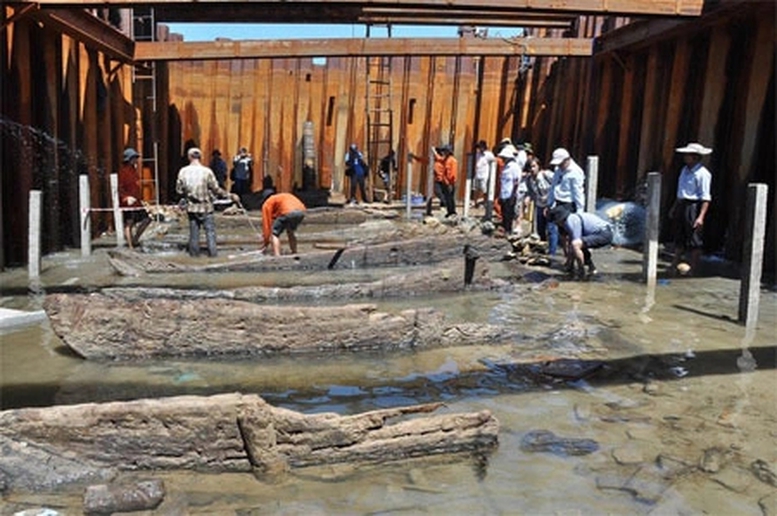




















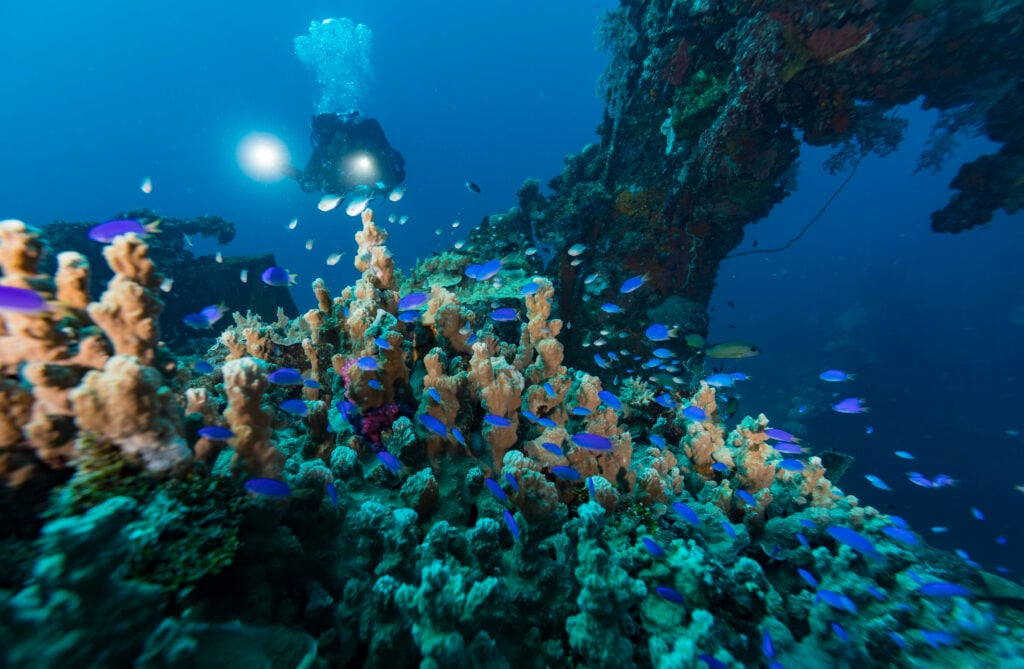
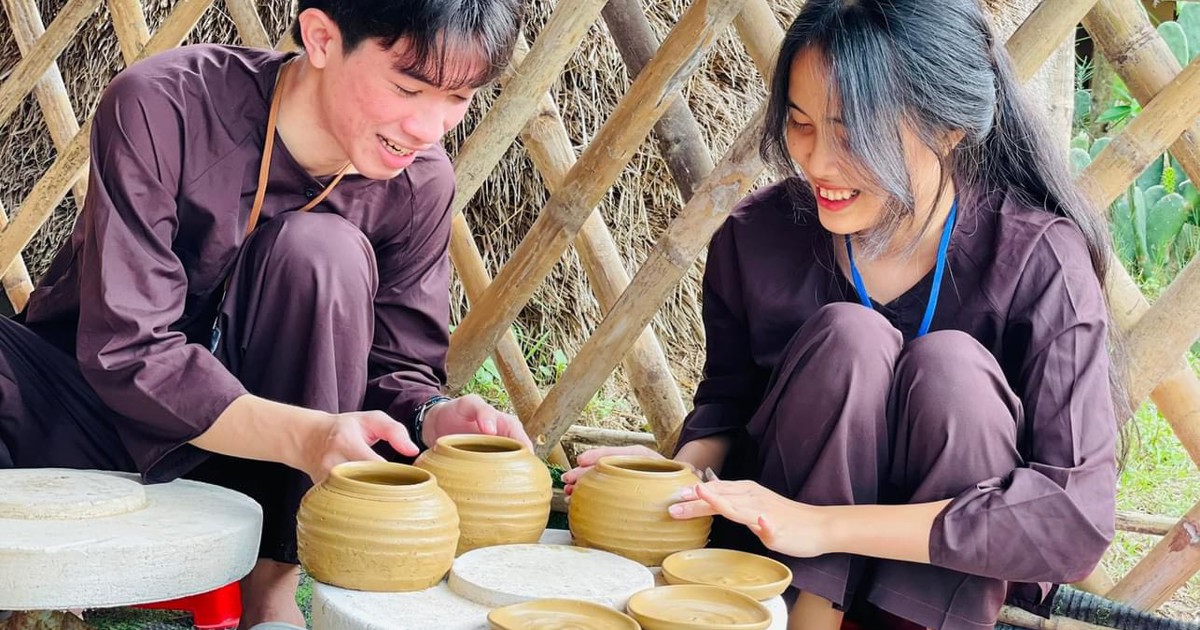


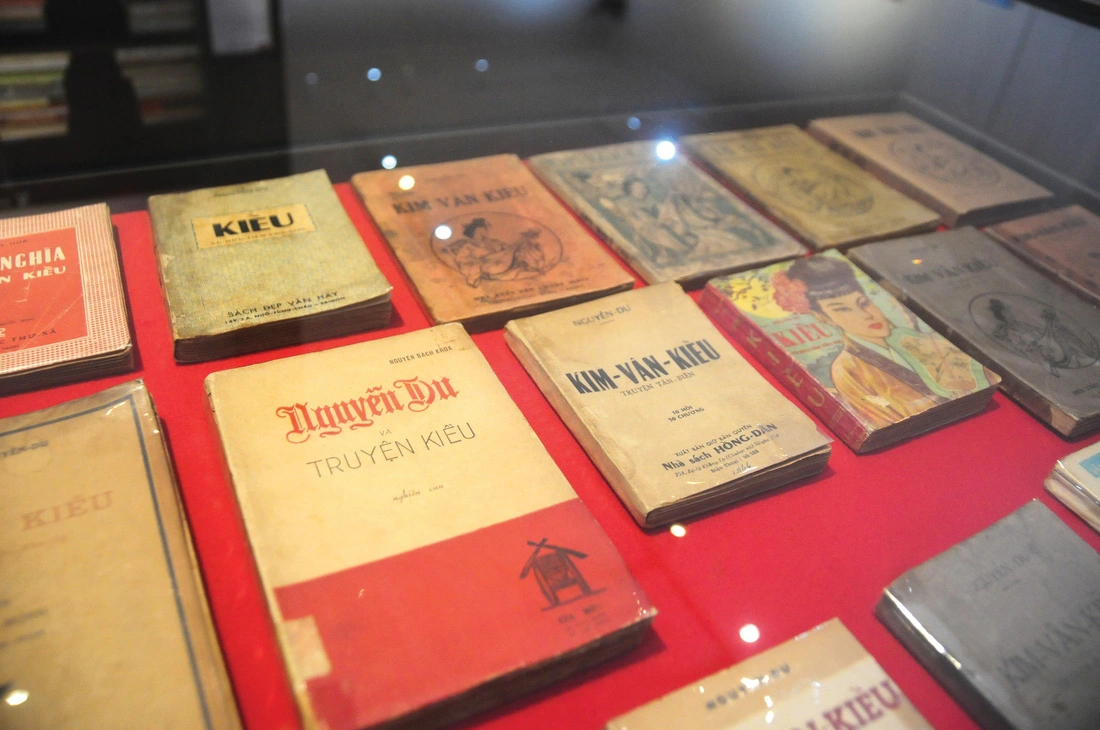



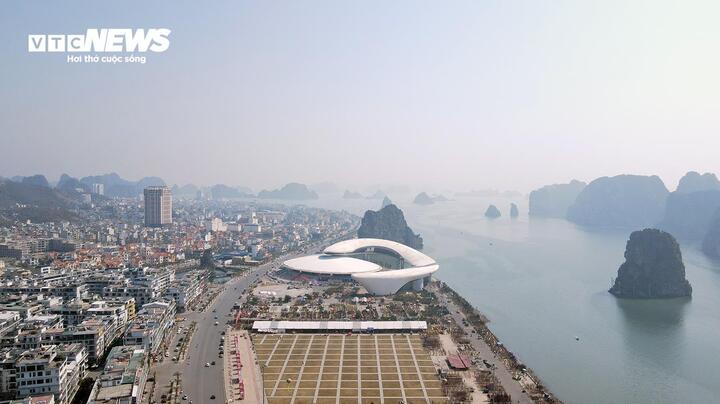

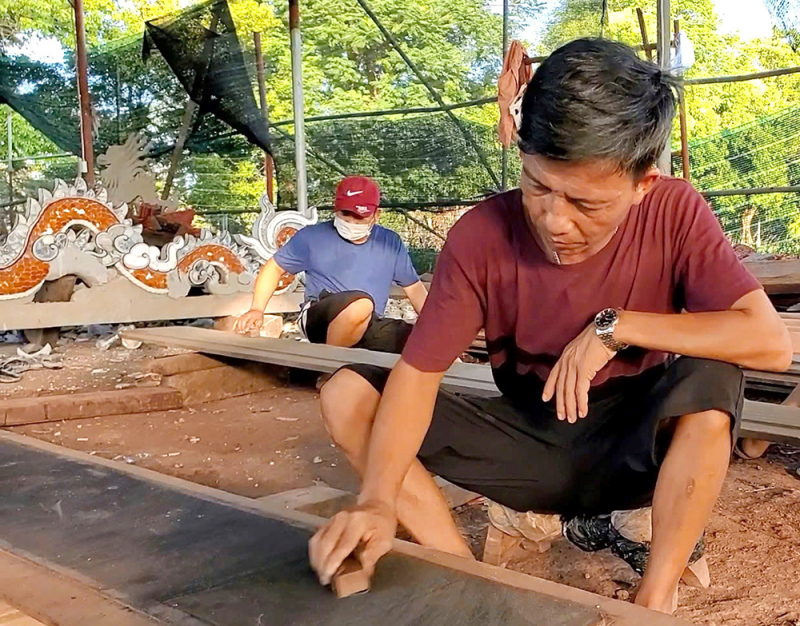

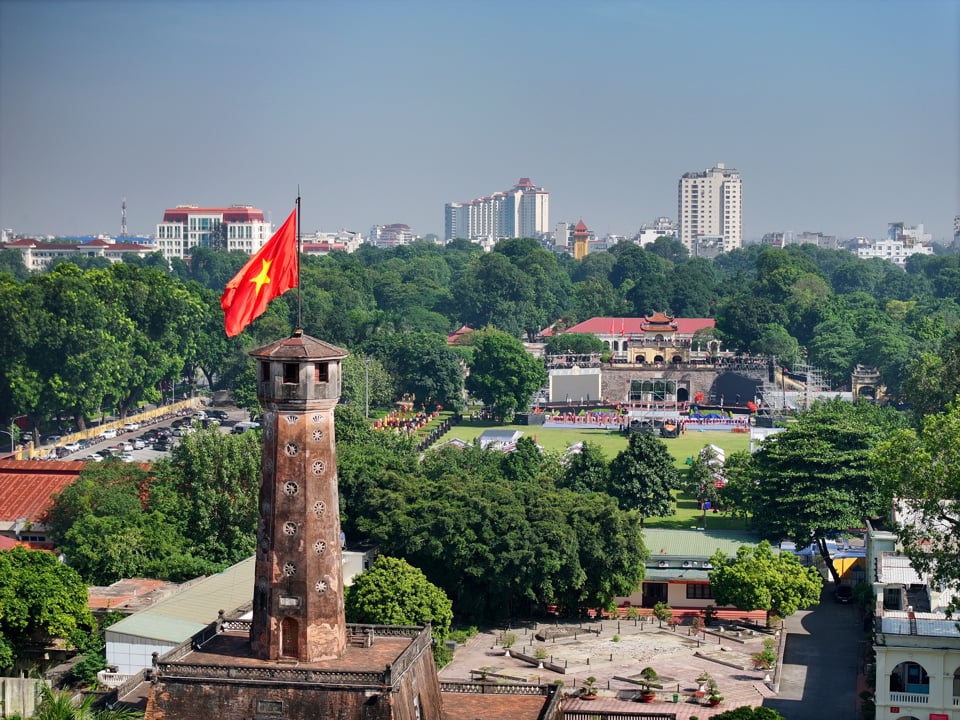



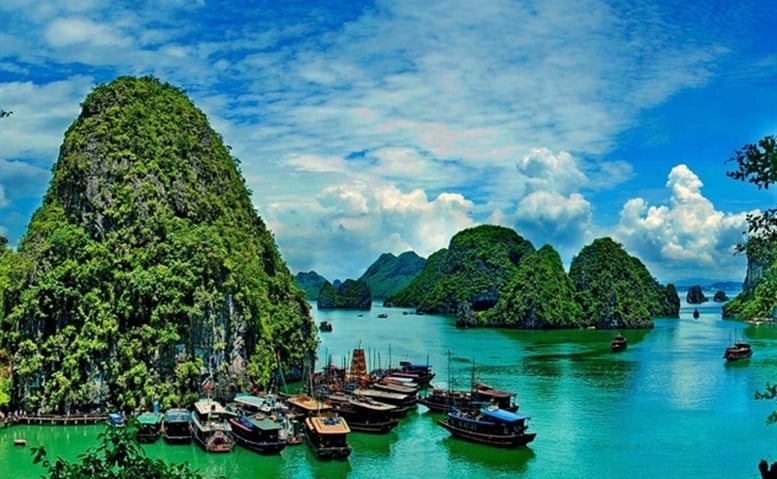















Comment (0)